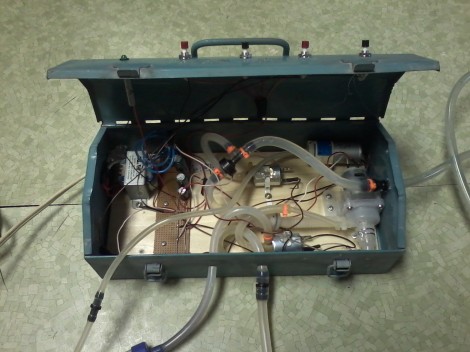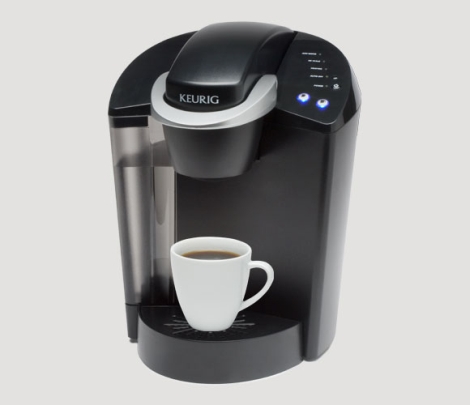
We keep seeing commercials for those Keurig coffee makers that use a plastic pod of grounds to brew just one cup of coffee. We’re pretty sure this is a fad, and absolutely sure that the extra packaging created by brewing with this method is a waste. But to each his own. [Danman1453] has two of the devices. One he bought, the other is a warranty replacement. He decided to scrap the malfunctioning unit and see if he could put it to good use. What he ended up with is the aquarium pumping system you see above.
It is conceived as tidier way to swap out the water in the fish tank. He had been using tubing to siphon the water, but found he almost always made a mess. This system uses an air pump to prime the water pump by pressurizing the tank which forces water into the lines. Once the water pump is primed he switches over to that for the rest of the work. He used an old metal tool box as an enclosure, using the cover to mount the push-buttons which route power to various components when pressed. Many of the parts were transplants from the coffee maker, but even if you sourced all of the components new this wouldn’t cost too much to put together.











